Filter by

Cinephilia: Movies, Love and Memory
This anthology explores new periods, practices and definitions of what it means to love the cinema. The essays demonstrate that beyond individualist immersion in film, typical of the cinephilia as it was popular from the 1950s to the 1970s, a new type of cinephilia has emerged since the 1980s, practiced by a new generation of equally devoted, but quite differently networked cinephilies. They ob…
- Edition
- -
- ISBN/ISSN
- 9789053567685
- Collation
- -
- Series Title
- -
- Call Number
- 791.43 CIN c
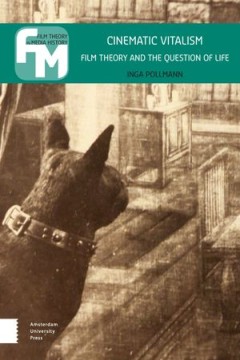
Cinematic Vitalism: Film Theory and the Question of Life
This book argues that there are constitutive links between early twentieth-century German and French film theory and practice, on the one hand, and vitalist conceptions of life in biology and philosophy, on the other. By considering classical film-theoretical texts and their filmic objects in the light of vitalist ideas percolating in scientific and philosophical texts of the time, Cinematic Vi…
- Edition
- -
- ISBN/ISSN
- 9789048534005
- Collation
- -
- Series Title
- -
- Call Number
- 791.43 POL c
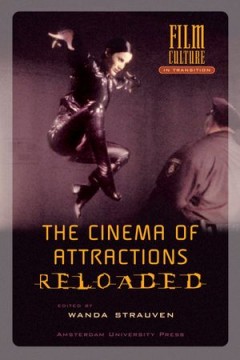
The Cinema of Attractions Reloaded
What have Lumière in common with Wachowski? More than one hundred years separate these two pairs of brothers who astonished, quite similarly, the film spectator of their respective time with special effects of movement: a train rushing into the audience and a bullet flying in slow motion. Do they belong to the same family of "cinema of attractions"? Twenty years ago Tom Gunning introduced the …
- Edition
- -
- ISBN/ISSN
- 9789053569450
- Collation
- -
- Series Title
- -
- Call Number
- 791 STR c
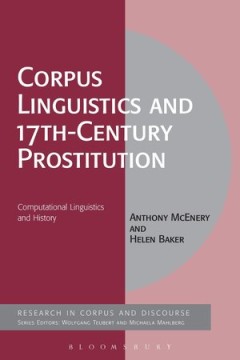
Corpus Linguistics and 17th-Century Prostitution
Corpus linguistics has much to offer history, being as both disciplines engage so heavily in analysis of large amounts of textual material.This book demonstrates the opportunities for exploring corpus linguistics as a method in historiography and the humanities and social sciences more generally. Focusing on the topic of prostitution in 17th-century England, it shows how corpus methods can assi…
- Edition
- -
- ISBN/ISSN
- 9781472506092
- Collation
- -
- Series Title
- -
- Call Number
- -
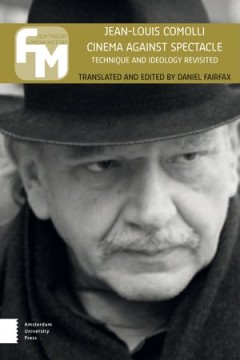
Cinema Against Spectacle: Technique and Ideology Revisited
Jean-Louis Comolli’s six-part essay Technique and Ideology had a revolutionary effect on film theory and history when it first appeared in Cahiers du Cinéma in 1971. In 2009, Comolli revisited his earlier text, arguing that the present age, marked by the total dominance of media-filtered spectacle over image production, makes the need for an 'emancipated, critical spectator' more pressing th…
- Edition
- -
- ISBN/ISSN
- 9789089645548
- Collation
- -
- Series Title
- -
- Call Number
- 791.43 COM c
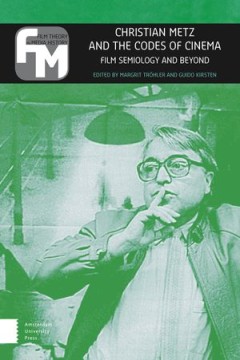
Christian Metz and the Codes of Cinema: Film Semiology and Beyond
A pioneering figure in film studies, Christian Metz proposed countless new concepts for reflecting on cinema, rooted in his phenomenological structuralism. He also played a key role in establishing film studies as a scholarly discipline, making major contributions to its institutionalisation in universities worldwide. This book brings together a stellar roster of contributors to present a close…
- Edition
- -
- ISBN/ISSN
- 9789048527564
- Collation
- -
- Series Title
- -
- Call Number
- 791.43 CHR c

Camera Obscura, Camera Lucida
Annette Michelson's contribution to art and film criticism over the last three decades is unparalleled. This volume honors Michelson's unique legacy with original essays by some of the many scolars that have been influenced by her work. Some continue her efforts to develop theoretical frameworks for understanding modernist art, while others practice her form of interdisciplinary crtiticism in r…
- Edition
- -
- ISBN/ISSN
- 9789053564943
- Collation
- -
- Series Title
- -
- Call Number
- 791 TUR c
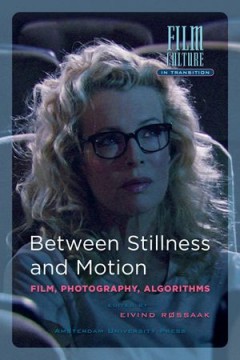
Between Stillness and Motion
New technological media such as film, photography and computers have altered the way we perceive possible relations between stillness and motion in the visual arts. Traditionally, cinema theory saw cinema and especially the 'illusion of motion' as part of the ideological swindle of the basic cinematic apparatus. This collection of essays by acclaimed international scholars including Tom Gunning…
- Edition
- -
- ISBN/ISSN
- 9789089642127
- Collation
- -
- Series Title
- -
- Call Number
- 791.43 ROS b
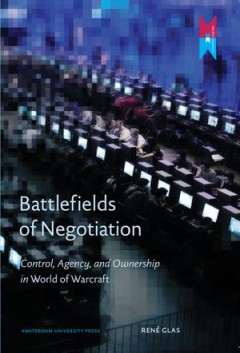
Battlefields of Negotiation
The massively multiplayer online role-playing game World of Warcraft has become one of the most popular computer games of the past decade, introducing millions around the world to community-based play. Within the boundaries set by its design, the game encourages players to appropriate and shape the game to their own wishes, resulting in highly diverse forms of play and participation. This illum…
- Edition
- -
- ISBN/ISSN
- 9789089645005
- Collation
- -
- Series Title
- -
- Call Number
- 791 GLA g
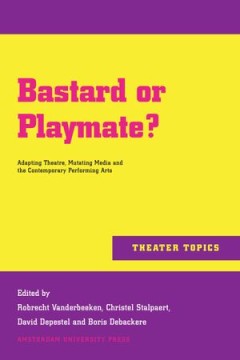
Bastard or Playmate?
Artistic media seem to be in a permanent condition of mutation and transformation. Contemporary artists often investigate the limits and possibilities of the media they use and experiment with their crossing, upgrading and mutilation. Others explicitly explore the unknown space between existing media, searching for the hybrid beings that occupy these in-betweens. This fascinating volume explore…
- Edition
- -
- ISBN/ISSN
- 9789089642585
- Collation
- -
- Series Title
- -
- Call Number
- 792 VAN b
 Computer Science, Information & General Works
Computer Science, Information & General Works  Philosophy & Psychology
Philosophy & Psychology  Religion
Religion  Social Sciences
Social Sciences  Language
Language  Pure Science
Pure Science  Applied Sciences
Applied Sciences  Art & Recreation
Art & Recreation  Literature
Literature  History & Geography
History & Geography